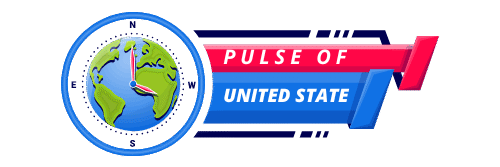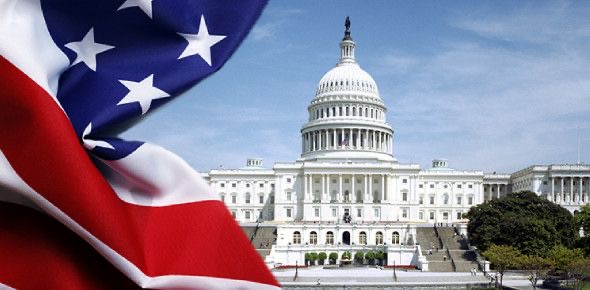How the U.S. Government Helps Its People: A Support System for All
The United States government plays a vital role in ensuring the well-being, safety, and prosperity of its citizens. With a range of public services, social programs, and legal protections, the U.S. government supports people in many aspects of life—from health and education to employment and disaster relief.
1. Healthcare Support
One of the most significant areas where the government offers help is healthcare. Programs like:
- Medicare: A federal program that provides health coverage to people over 65 or with certain disabilities.
- Medicaid: Offers free or low-cost health coverage to low-income individuals and families.
- Affordable Care Act (ACA): Provides insurance options and prevents discrimination based on pre-existing conditions.
These programs ensure that millions of Americans have access to necessary medical services.
2. Financial Assistance and Welfare
The U.S. government runs several financial assistance programs for those in need:
- Social Security: Monthly income for retirees and people with disabilities.
- Unemployment Benefits: Helps those who have lost their jobs through no fault of their own.
- Supplemental Nutrition Assistance Program (SNAP): Provides food-purchasing assistance to low-income families.
- Temporary Assistance for Needy Families (TANF): Offers short-term financial help and job support.
3. Education and Student Aid
The federal government supports education through:
- Public School Funding: Helps maintain quality education across the country.
- Pell Grants and Federal Loans: Financial aid for college students.
- Head Start Programs: Early education for low-income children.
These initiatives ensure that education remains accessible to all Americans.
4. Housing and Urban Development
The U.S. Department of Housing and Urban Development (HUD) provides:
- Affordable Housing Assistance
- Section 8 Vouchers: Help low-income families pay for rental housing.
- Homelessness Prevention Programs
These services promote safe and affordable housing options.
5. Disaster Relief and Emergency Aid
In times of crisis, the government responds quickly:
- FEMA (Federal Emergency Management Agency) provides aid after natural disasters like floods, hurricanes, or wildfires.
- Emergency funds, shelters, and recovery support are provided to affected communities.
6. Job Training and Employment Programs
The U.S. government promotes employment through:
- Job Corps: Free education and training for young people.
- Workforce Innovation and Opportunity Act (WIOA): Helps adults and youth access jobs and training services.
- Small Business Administration (SBA): Supports entrepreneurs with funding and mentoring.
7. Legal and Civil Rights Protections
Federal agencies enforce laws that protect citizens’ rights, including:
- Equal Employment Opportunity Commission (EEOC): Prevents workplace discrimination.
- Civil Rights Act: Ensures equality regardless of race, gender, or religion.
- Consumer Protection Agencies: Safeguard against fraud and unsafe products.
Conclusion
The U.S. government works on many levels to support and uplift its citizens. Through healthcare, education, financial aid, housing, and more, it ensures that individuals and families can live safely, pursue opportunities, and overcome challenges. While there is always room for improvement, the government continues to play a foundational role in creating a fair and supportive society.

